October 29, 2025
Data Shows Endangered Palau Ground Doves Swiftly Recovering After Successful Palauan Island Conservation Effort
Astounding evidence of recovery on Ulong Island in Palau after just one year!
Published on
November 8, 2019
Written by
Nicholas
Photo credit
Nicholas

The problem began in 1992 when Hurricane Andrew washed an aquarium tank out to sea, releasing six lionfish into Biscayne Bay. Since then, the invasive Atlantic population has grown exponentially, threatening the native marine ecosystem.
Lionfish lay on average 2 million eggs per year, which contain a repellent that wards off predators from the eggs. They also lack predators in non-native habitats and have voracious appetites, feeding on more than 50 native species of fish. Since their introduction to the Atlantic and Caribbean, they have decimated native fish populations and affected the ecosystems those species help to keep in balance.
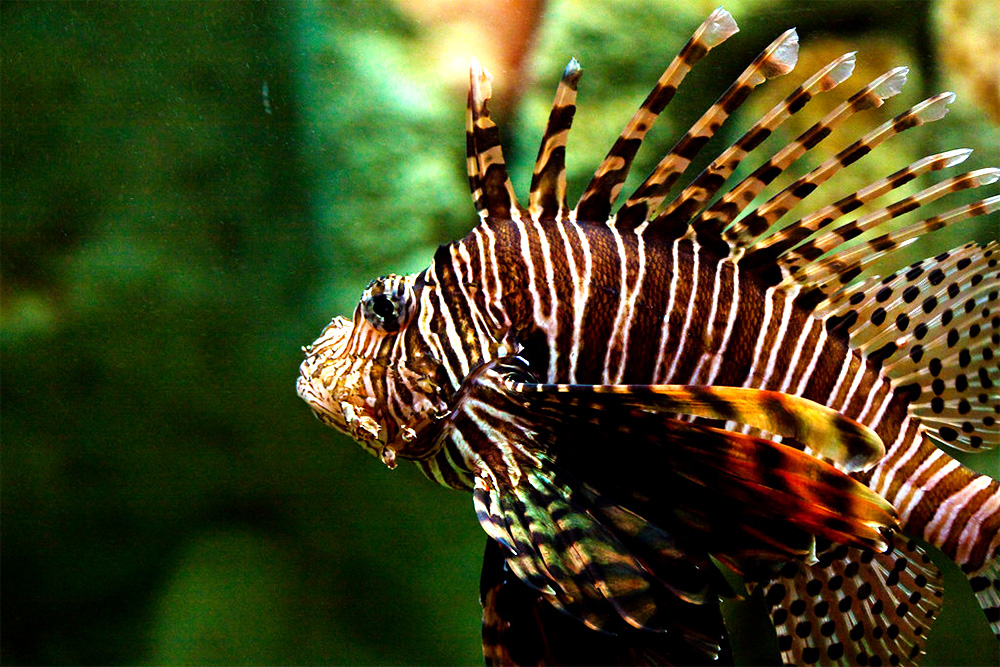
Once lionfish are established in an area it is very difficult to get rid of them and they can quickly destroy much of a reef’s biodiversity. [They] can strip a reef of 90% of its juvenile fish species in as little as five weeks.”
Ocean Support Foundation
Researchers initially hoped that larger pelagic predators would control the population, but have since determined that to solve this dilemma, only one species can match their appetite—humans.
Once their 18 venomous spines are removed, cooked lionfish becomes a popular delicacy. Now that coastal restaurants and markets have placed it on their menu, the market for lionfish is seemingly endless, but they can’t be caught on lines so must be either spearfished or caught in nets. This has proven successful in shallower waters, but lionfish have been observed to reach depths past 1000 meters, plunging deeper than humans can reach.
The present solution, being developed independently by roboticists, is a remotely operated, underwater vehicle. Created by RSE, the founders of the Roomba robot vacuum, their latest prototype has been deemed the “Guardian LF1.”
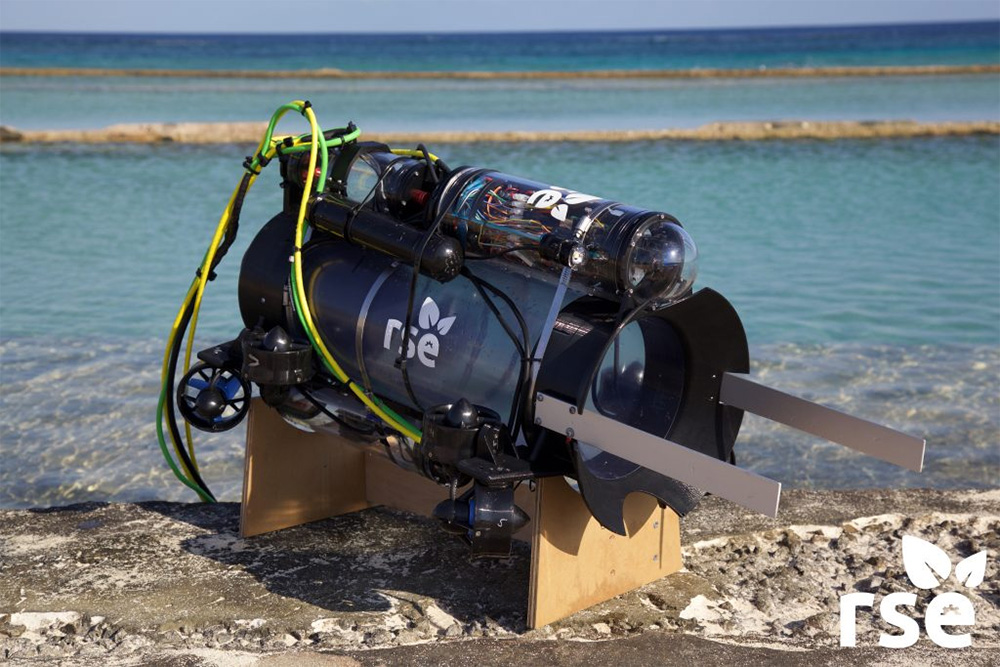
The Guardian is a 20-pound submersible remotely operated vehicle equipped with cameras and lights – and two paddles that can deliver a 20-volt shock to a lionfish.”
Chris Lovenko, The Christian Science Monitor
Once stunned, the fish are sucked into a water-filled storage chamber that holds up to 20 fish. When the chamber is filled, the Guardian returns to the surface with its catch.
The Guardian is currently priced at $1000 which, considering their meat is sold for $5 per pound and a single machine can catch 20 per dive, professional divers and lionfish hunters would benefit greatly from this investment.
As our world faces the sixth mass extinction, investment in innovative tools is becoming a vital approach to conservation. While the “Lionfish Roomba” will not eliminate the threat to native fish, it will curb the population while scientists continue to study and develop additional tools and approaches.
Source: Christian Science Monitor
Featured photo: Invasive lionfish threaten marine biodiversity in the Atlantic. Credit: Robert Couse-Baker
Check out other journal entries we think you might be interested in.

October 29, 2025
Astounding evidence of recovery on Ulong Island in Palau after just one year!

June 13, 2025
Our partner Conservation X Labs has joined the IOCC, committing to deploying transformative technology to protect island ecosystems!
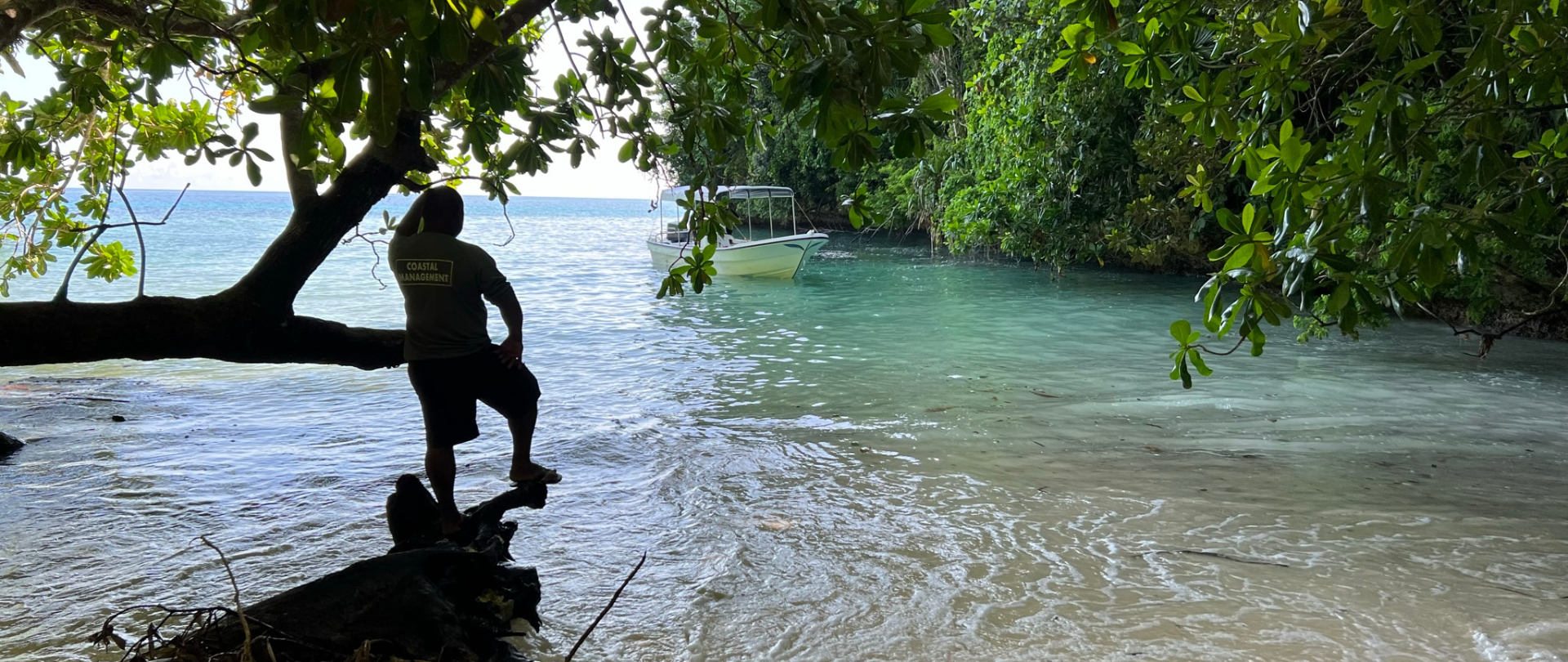
May 19, 2025
Read our position paper on The 3rd United Nations Ocean Conference (UNOC 3) to see why we're attending and what we aim to accomplish!

December 4, 2024
Ann Singeo, founder of our partner organization the Ebiil Society, shares her vision for a thriving Palau and a flourishing world of indigenous science!
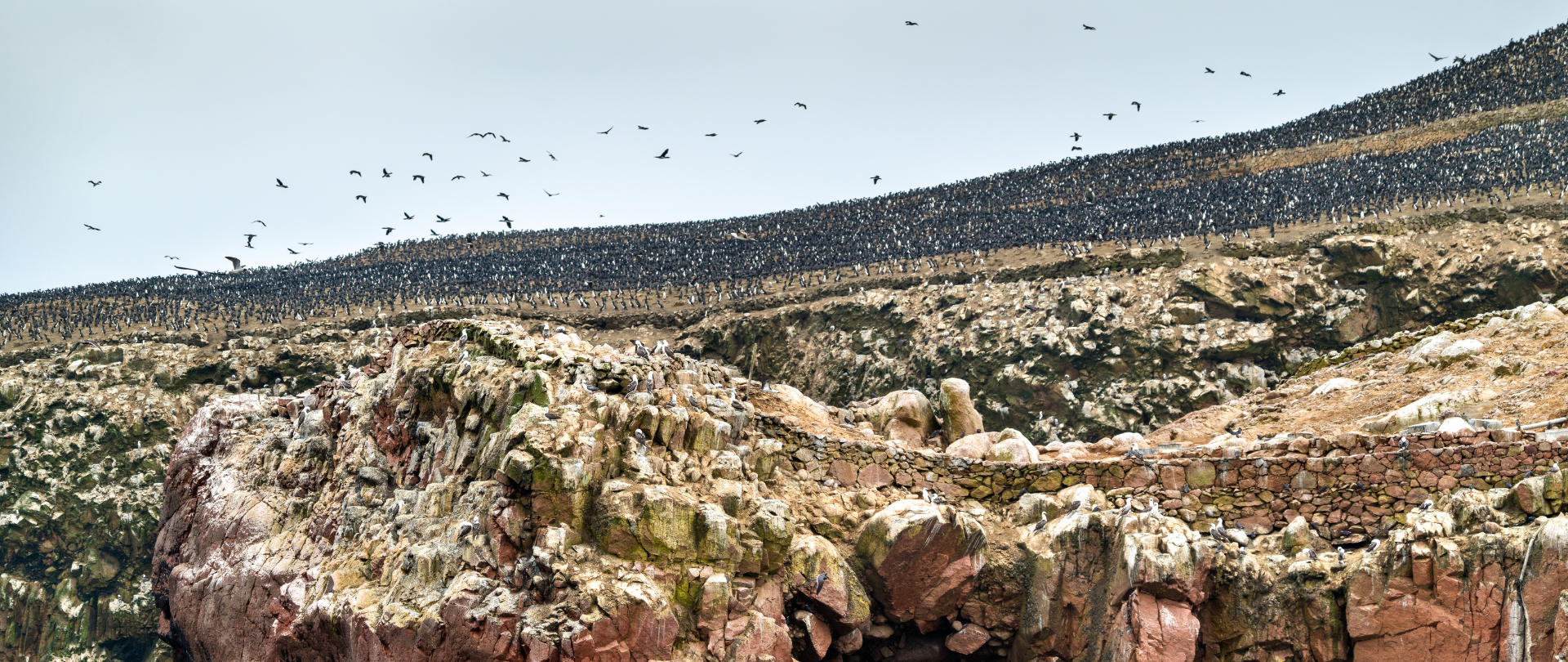
November 22, 2024
This historic agreement aims to protect the marine and coastal areas of the Southeast Pacific.
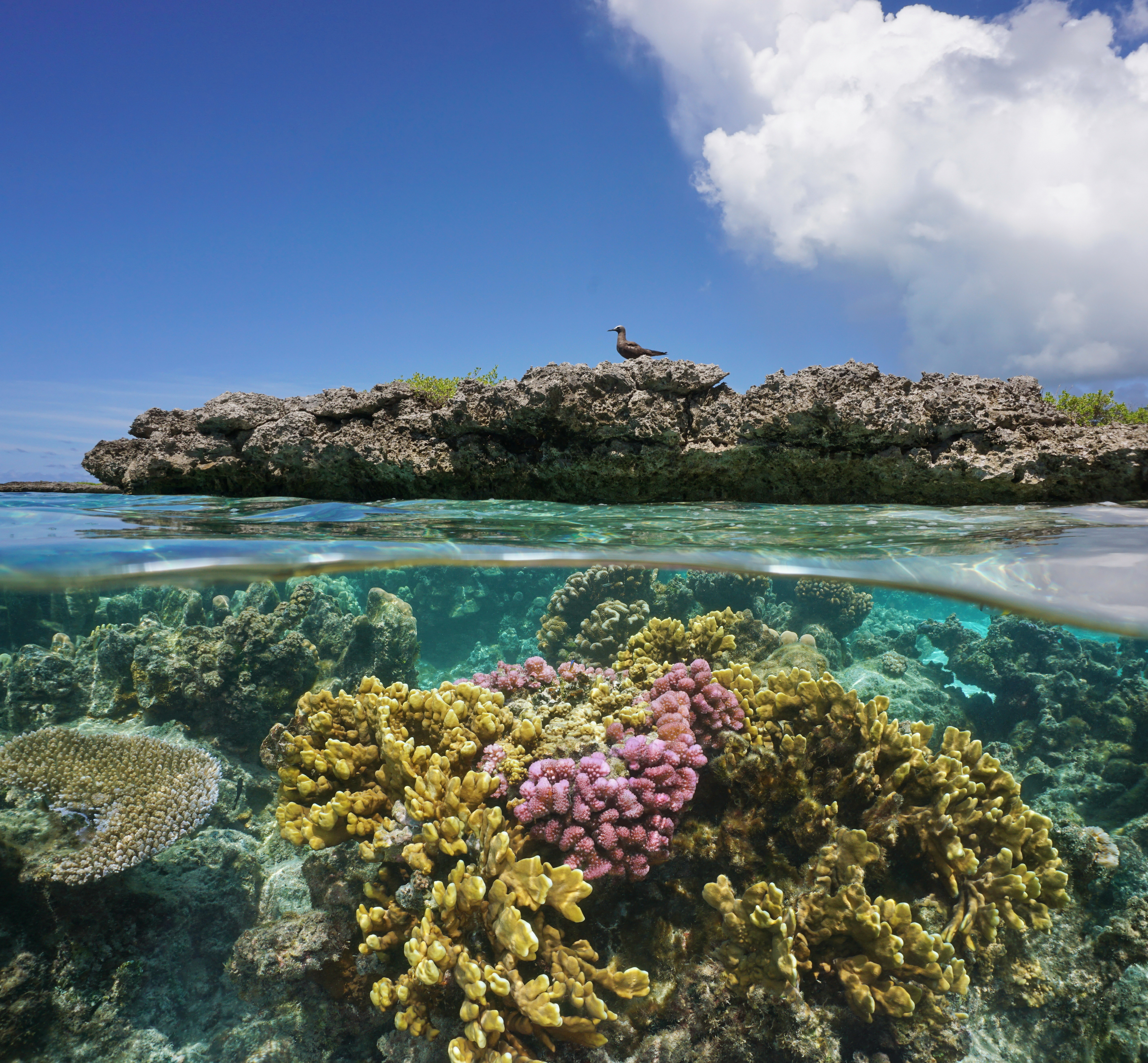
November 18, 2024
Our projects to restore key islets in Nukufetau Atoll forecast climate resilience and community benefits in Tuvalu!
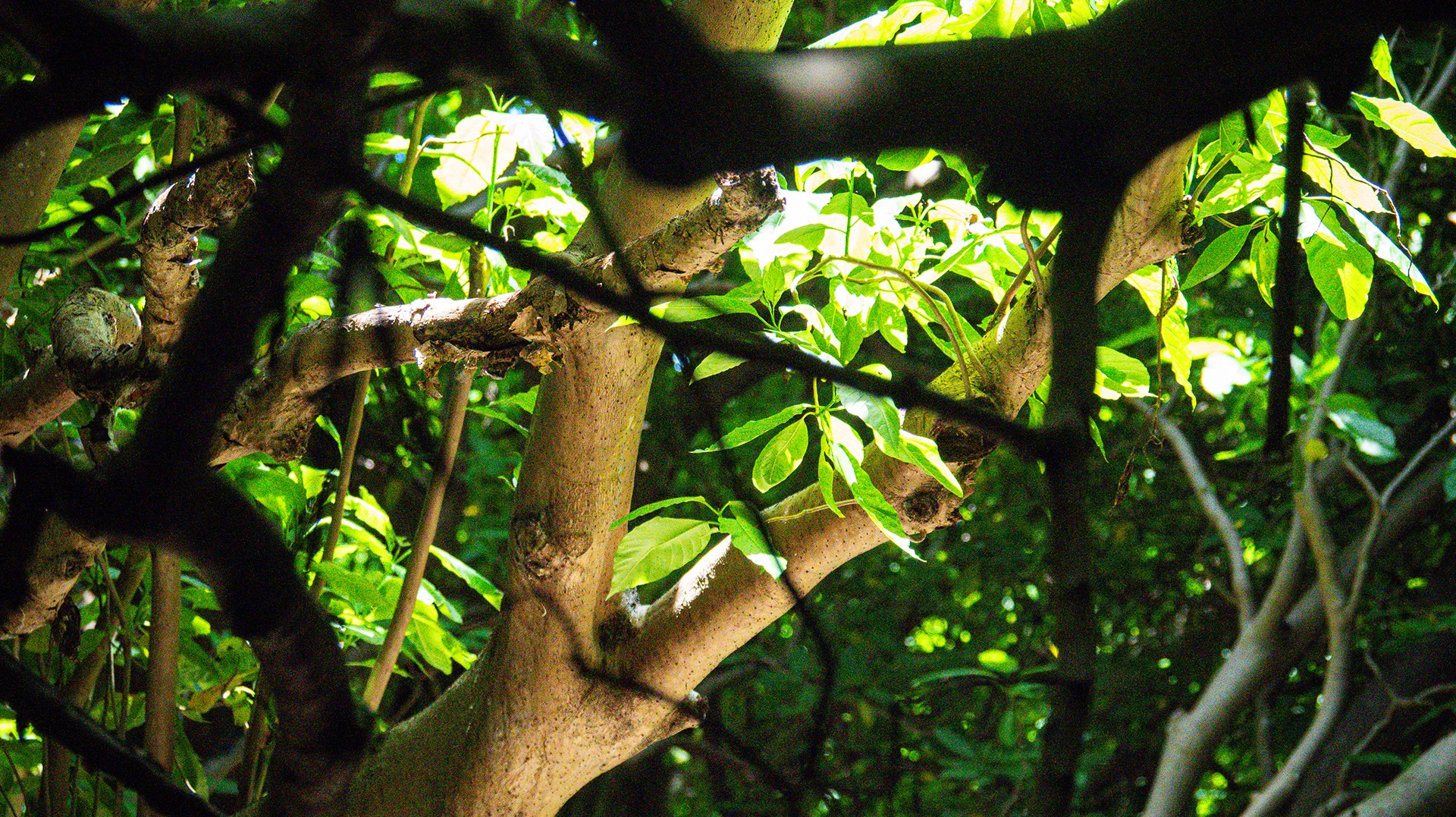
October 3, 2024
Island Conservation and partners have published a new paper quantifying ecosystem resilience on restored islands!
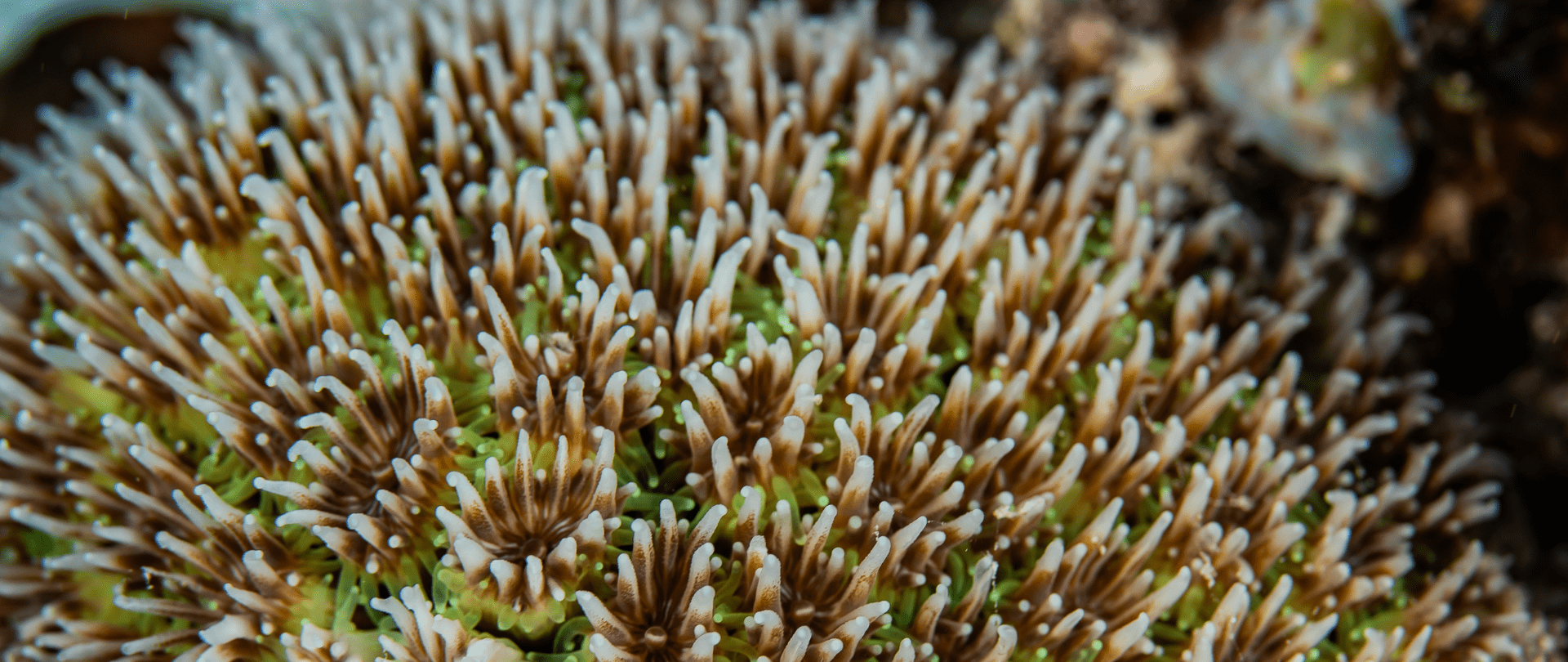
September 10, 2024
Climate Week NYC: what is it and why is it important? Read on to find out why Island Conservation is attending this amazing event!

September 5, 2024
With sea levels on the rise, how are the coastlines of islands transforming? Read on to find out how dynamic islands really are!

December 14, 2023
Join us in celebrating the most amazing sights from around the world by checking out these fantastic conservation photos!